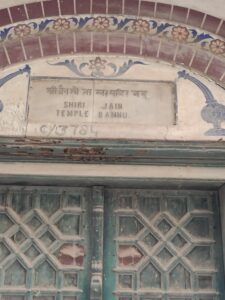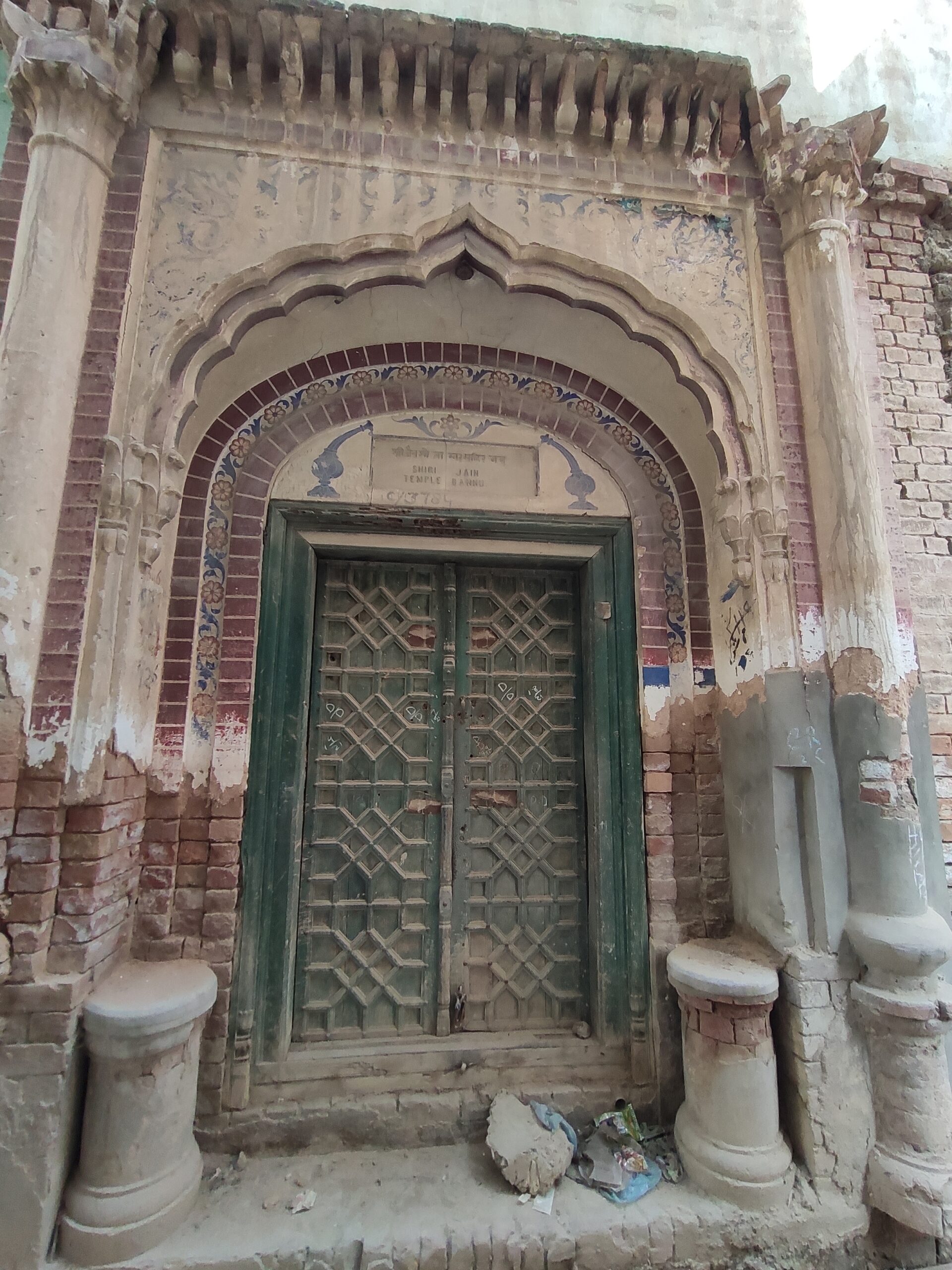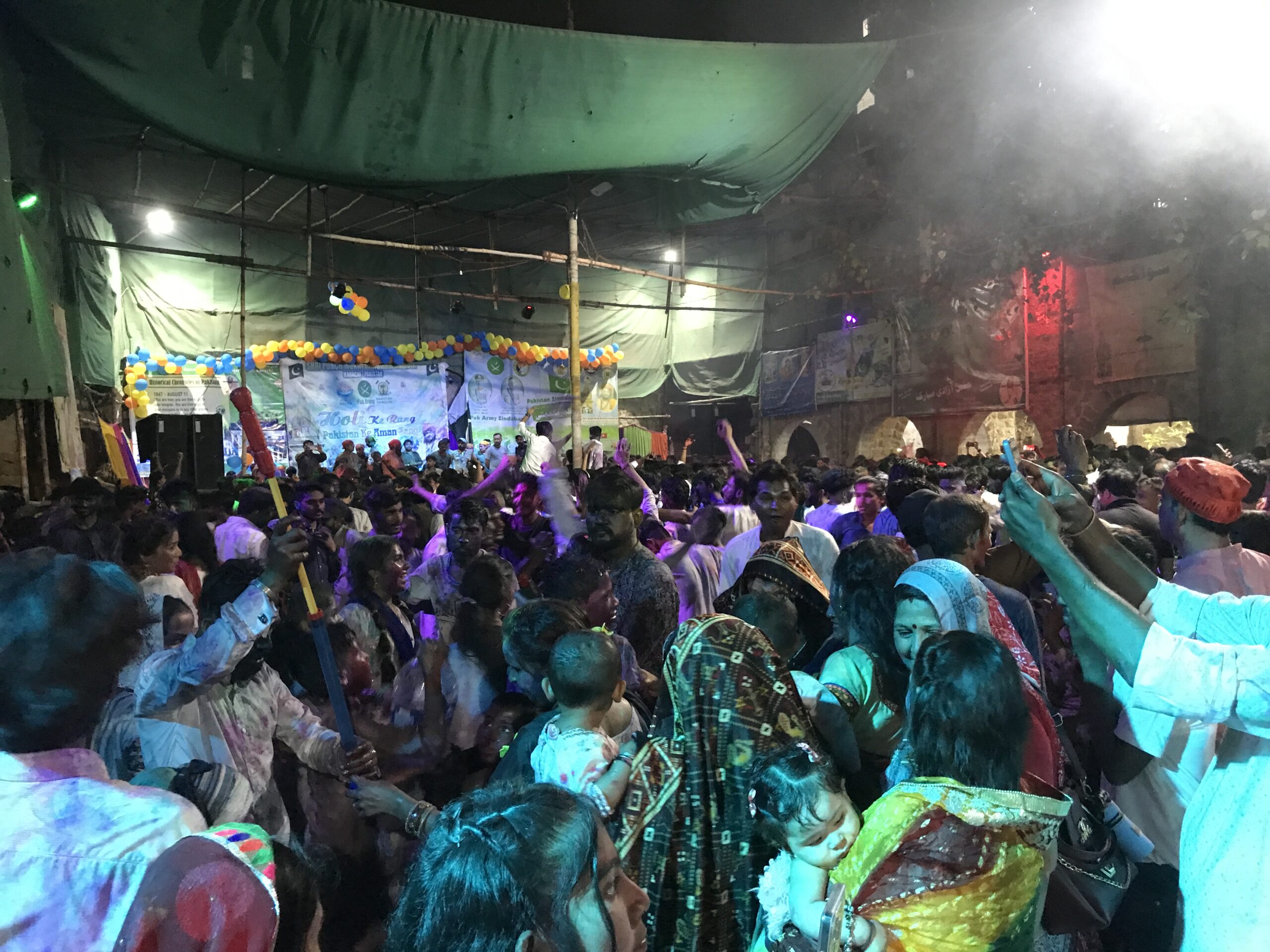Bannu, Pakistan — Hidden amidst the bustling lanes of Bannu city in Khyber Pakhtunkhwa lies the long-forgotten Shen Jain Mandir — a silent relic of Pakistan’s pluralistic past and a poignant reminder of the religious diversity that once flourished in this region. Once a place of worship for the Jain community, today the temple stands in disrepair, shrouded in neglect, its legacy largely unknown to the public.
A Temple Lost in Time
The Shen Jain Mandir is believed to have been constructed in the early 20th century, when Bannu was home to a modest but thriving Jain population. Before the 1947 Partition of British India, this region was a mosaic of cultures and faiths — Hindus, Sikhs, Jains, and Muslims coexisted, contributing to a rich social fabric.
With the Partition, however, most Jain families migrated to India, leaving behind sacred structures that gradually fell into decay. The Shen Jain Mandir was among those abandoned — its doors closed, its idols removed or destroyed, and its spiritual life extinguished.
Neglect and Encroachment
Today, the temple’s structure barely survives. The spires and domes that once stood proudly have crumbled. Portions of the premises have been encroached upon or repurposed, and what remains of the architecture is slowly fading due to weathering, vandalism, and lack of preservation.
Despite its historical and cultural significance, no formal conservation efforts have been undertaken to preserve the temple. The site is absent from tourist maps and heritage records, and most local residents are unaware of its existence or history.
Calls for Restoration and Recognition
Historians and cultural heritage activists have raised concerns over the continued neglect of non-Muslim religious sites in Pakistan, particularly in regions like Bannu where few such remnants survive. They argue that sites like Shen Jain Mandir should be protected, documented, and preserved as part of Pakistan’s shared historical identity.
“Religious heritage isn’t just about faith — it’s about memory, coexistence, and history,” said a local academic who studies South Asian religious architecture. “Restoring structures like Shen Jain Mandir is essential if Pakistan wishes to embrace the full scope of its diverse past.”
A Glimmer of Hope?
With growing awareness around minority rights and heritage conservation, activists hope that forgotten sites such as the Shen Jain Mandir may eventually receive the attention they deserve. Civil society organizations have urged the Evacuee Trust Property Board (ETPB) and provincial archaeology departments to conduct surveys and initiate preservation plans.
For now, Shen Jain Mandir stands as a haunting testament to a bygone era — its silence echoing the stories of a community that once prayed within its walls. Whether it will continue to crumble or rise again through collective will remains a question only time can answer.







